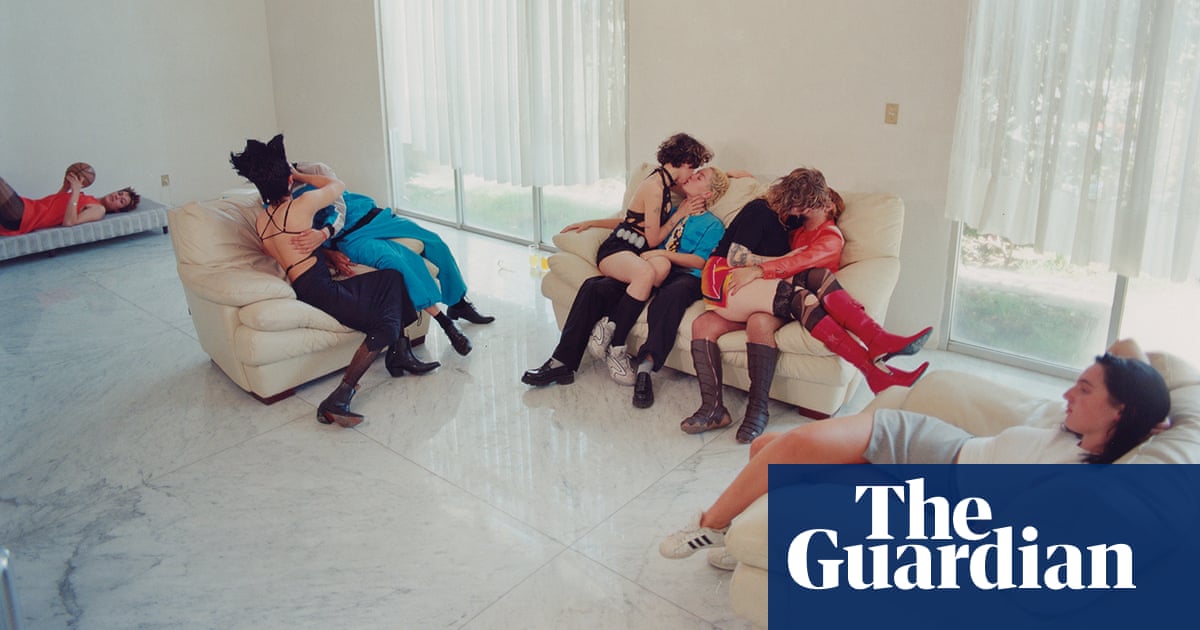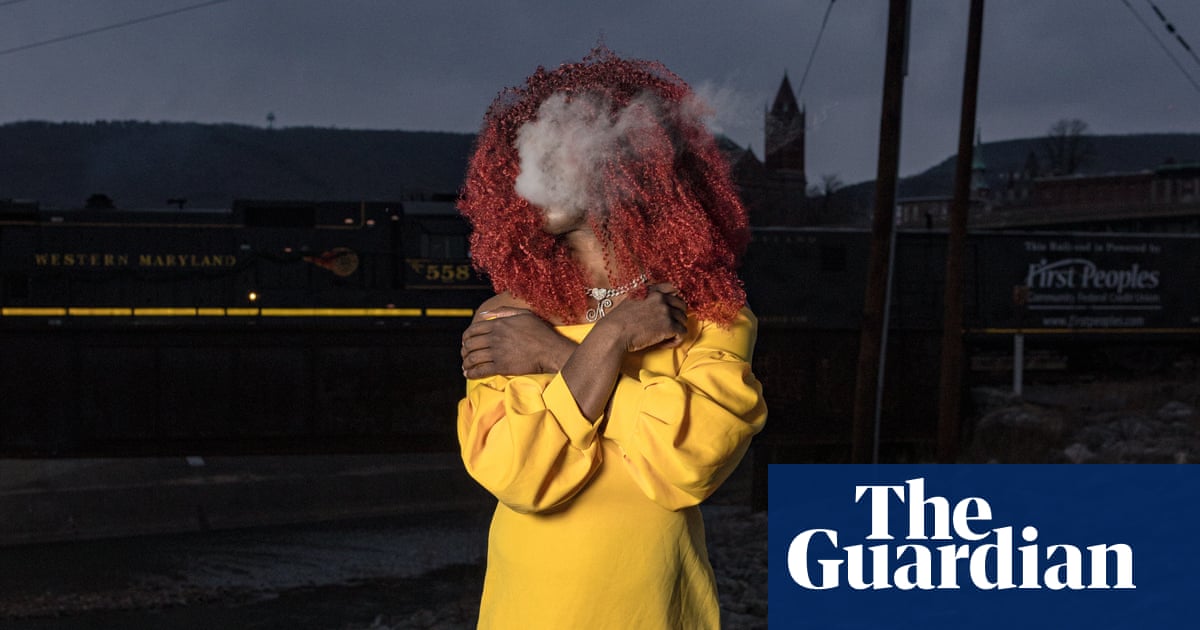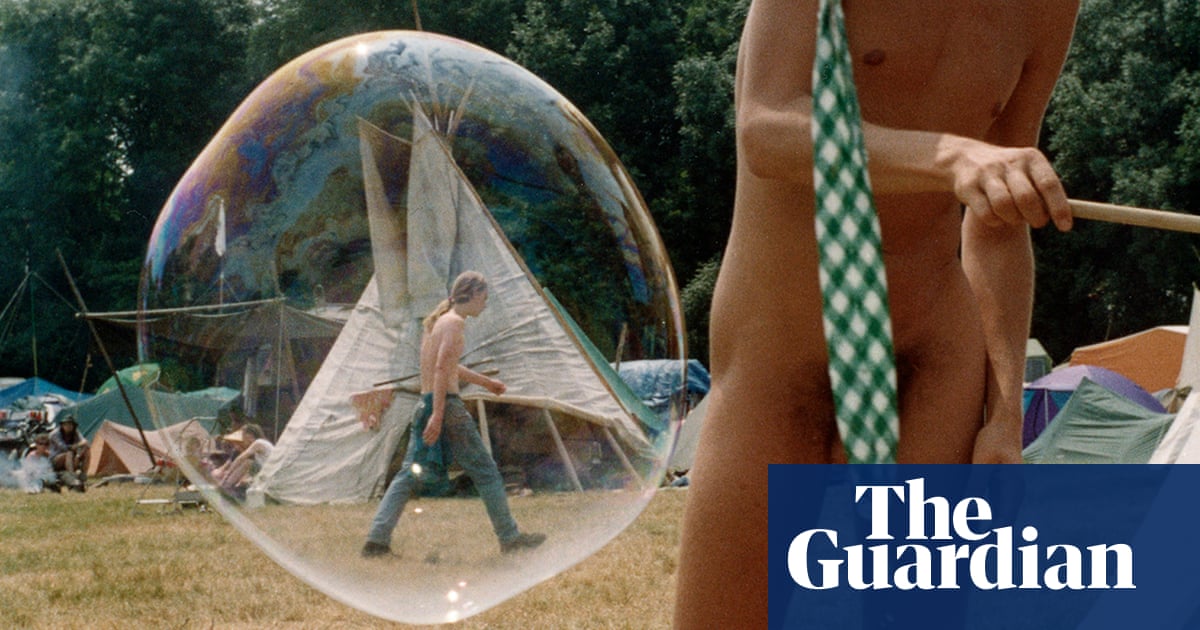
grew up in Yakutia. It’s the largest region of Russia, five times the size of France, but with a population of only one million spread over three million square kilometres. The climate is severe and contrasting. In summer, it’s 40C; in winter -60C, with snow from October until mid-April. To go anywhere takes a long time – several hours in the car. There are practically no railways and few roads. It’s easier to fly from the far east to Moscow than it is to travel around. Half of the people are ethnic Sakha from Yakutia, half are Russians. The two communities don’t socialise much. The Russians mostly live in the Aldansky district, but their number is shrinking. Many are moving away to less harsh parts of the country.
As a documentary photographer, I want to record how people live here, what they do, what their problems are, what makes them happy. Each solstice we have a holiday called Ysyakh. It’s a pagan festival, an important part of our national identity and a moment when we become an organic whole. Because we are so spread out it’s often hard to feel any kind of unity. Yakutia’s brand is winter; I wanted to show summer. Participants dress up in national costume. Women wear long, flowing dresses decorated with flowers. It’s a moment when people are relaxed about being photographed. There’s still some paranoia in Russia about posing for a camera. It’s a bit of a Soviet hangover.
In June 2018, I was shooting the festival’s opening ceremony. A group of women took to the stage, to dance and sing. They were Russians and they were wearing Yakutian traditional dress. It was simply a moment. I didn’t look at what they were doing: I just took the shot. When I went through the frames afterwards I noticed one of the women was pointing at a cloud. It was a light, spiritual gesture. The image isn’t totally comprehensible. Sometimes in photography we can’t explain what’s happening: it’s like a miracle. You can’t really interpret it. It is what it is.
I did an online course at the school of contemporary photography in St Petersburg. I would see new names of brilliant photographers every day, look at their work and think: “Oh God, that picture is amazing.” I discovered how to conceptualise my photographs, how to tell a story with them and to create some kind of history. I try to find a single thread that concerns me and people. The photos from Ysyakh are part of a bigger continuing project called My Dear Yakutia. Our remoteness from the world and severe climatic conditions have determined a special way of life and culture.
Another part of the project is a series on Yakut’s independent film industry. It’s our version of Hollywood – Sakhawood. About seven to 10 movies are shot every year, from romantic comedies to fairytales, based on local legends and beliefs. Most directors have no special training. Some of the actors work in theatre, but others have never appeared in a movie. Sometimes Yakut movies do better at the box office than international blockbusters. The budgets are modest, even by Russian standards. On average, the production of the film costs 1-2 million roubles (£10,000-£20,000). Despite this, Yakut film-makers have ambitious plans – to win an audience in Russia, and then to conquer the world.
In January, there were protests in Yakutsk after the opposition leader Alexei Navalny flew back to Russia and the authorities arrested him. About 5o people turned up. I went along to take photographs. It was -50c, very cold, a white-out. We are used to these conditions. Locals came out not just to support Navalny but to express themselves and to declare: “We have a life, we have a voice.” People don’t have much say, and it’s becoming harder and harder to live. The local cops were softer with the demonstrators than the cops in Moscow or St Petersburg were. Everybody knows each other in Yakutia. We all have relatives. My pictures from the meeting appeared in several foreign publications.
Alexey Vasilyev CV
Born: Yakutsk, 1985.
Training: Docdocdoc School of Contemporary Photography, St Petersburg.
Influences: Jonas Bendiksen, Martin Parr.
High point: “Doing my first shot for a prestigious international publication, Der Spiegel magazine, in the city of Khabarovsk.”
Low point: “When the story didn’t appear afterwards.”
Top tip: “Just go out on to the street with a camera.”












